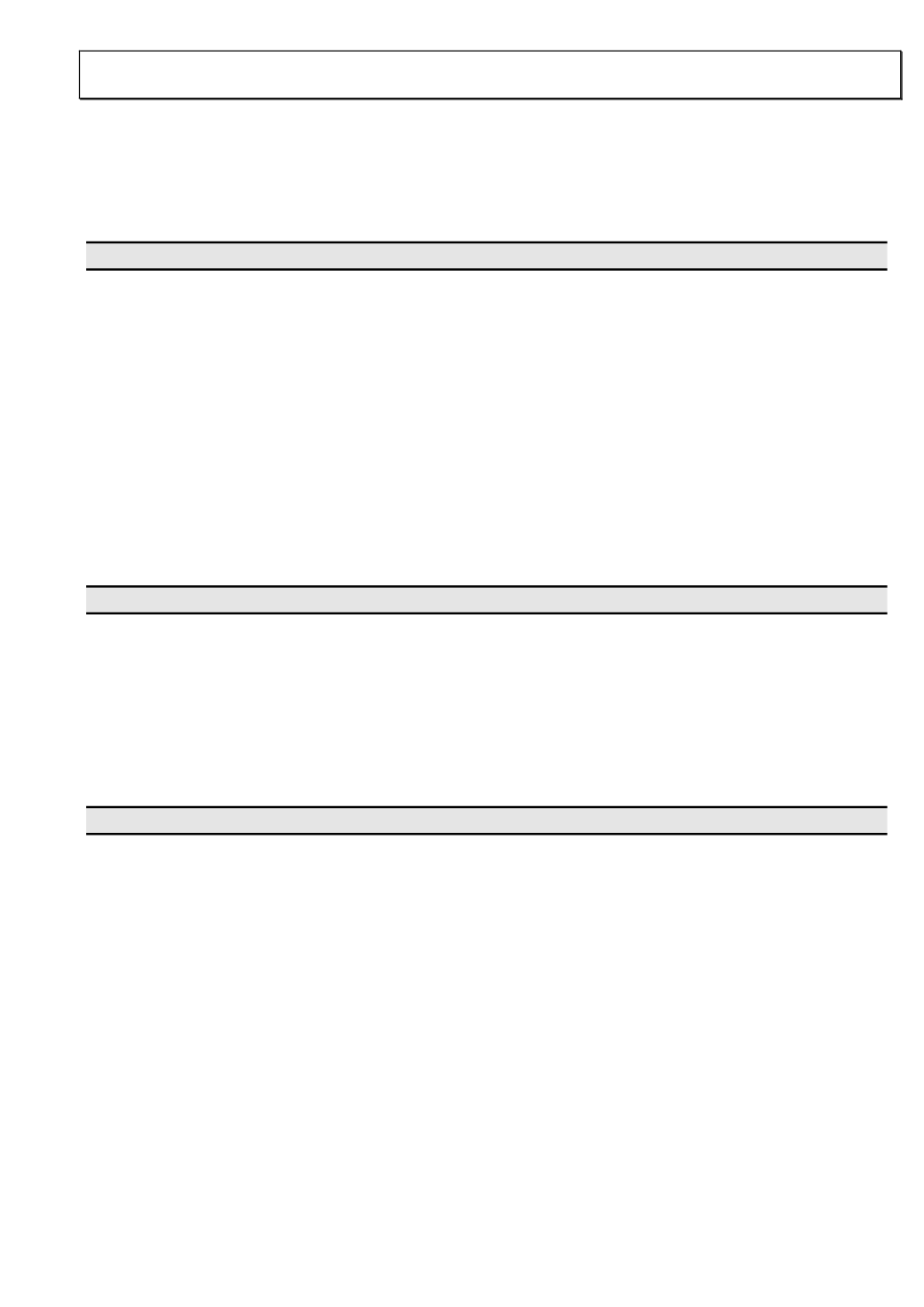

SPEED
Page
3
of
6
Flash point
:
Does not burn.
Upper Flammability Limit:
Does not burn.
Lower Flammability Limit:
Does not burn.
Autoignition temperature:
Not applicable - does not burn.
Flammability Class:
Does not burn.
Section 6 - Accidental Release Measures
Accidental release
:
In the event of a major spill, prevent spillage from entering drains or water courses. Wear full
protective clothing including eye/face protection. All skin areas should be covered. See below under Personal
Protection regarding Australian Standards relating to personal protective equipment. Suitable materials for
protective clothing include rubber, PVC. Eye/face protective equipment should comprise as a minimum, protective
glasses and, preferably, goggles. If there is a significant chance that vapours or mists are likely to build up in the
cleanup area, we recommend that you use a respirator. Usually, no respirator is necessary when using this product.
However, if you have any doubts consult the Australian Standard mentioned below (section 8). Otherwise, not
normally necessary.
Stop leak if safe to do so, and contain spill. Absorb onto sand, vermiculite or other suitable absorbent material. If
spill is too large or if absorbent material is not available, try to create a dike to stop material spreading or going into
drains or waterways. Sweep up and shovel or collect recoverable product into labelled containers for recycling or
salvage, and dispose of promptly. Can be slippery on floors, especially when wet. Recycle containers wherever
possible after careful cleaning. After spills, wash area preventing runoff from entering drains. If a significant quantity
of material enters drains, advise emergency services. Contaminated area may be neutralised by washing with weak
or dilute acid. Vinegar, citrus juice and most soft drinks may be suitable. This material may be suitable for approved
landfill. Ensure legality of disposal by consulting regulations prior to disposal. Thoroughly launder protective clothing
before storage or re-use. Advise laundry of nature of contamination when sending contaminated clothing to laundry.
Section 7 - Handling and Storage
Handling
:
Keep exposure to this product to a minimum, and minimise the quantities kept in work areas. Check
Section 8 of this SDS for details of personal protective measures, and make sure that those measures are followed.
The measures detailed below under "Storage" should be followed during handling in order to minimise risks to
persons using the product in the workplace. Also, avoid contact or contamination of product with incompatible
materials listed in Section 10.
Storage
:
This product is a Scheduled Poison. Observe all relevant regulations regarding sale, transport and
storage of this schedule of poison. Make sure that containers of this product are kept tightly closed. Make sure that
the product does not come into contact with substances listed under "Incompatibilities" in Section 10. Some liquid
preparations settle or separate on standing and may require stirring before use. Check packaging - there may be
further storage instructions on the label.
Section 8 - Exposure Controls and Personal Protection
The following Australian Standards will provide general advice regarding safety clothing and equipment:
Respiratory equipment:
AS/NZS 1715
, Protective Gloves:
AS 2161
, Occupational Protective Clothing: AS/NZS
4501 set 2008, Industrial Eye Protection:
AS1336
and
AS/NZS 1337
, Occupational Protective Footwear:
AS/NZS2210
.
SWA Exposure Limits
TWA (mg/m
3
)
STEL (mg/m
3
)
2-Butoxyethanol
96.9
242
No special equipment is usually needed when occasionally handling small quantities. The following instructions are
for bulk handling or where regular exposure in an occupational setting occurs without proper containment systems.
Ventilation:
No special ventilation requirements are normally necessary for this product. However make sure that
the work environment remains clean and that vapours and mists are minimised.
Eye Protection:
Protective glasses or goggles should be worn when this product is being used. Failure to protect
your eyes may cause them harm. Emergency eye wash facilities are also recommended in an area close to where
this product is being used.
Skin Protection:
Prevent skin contact by wearing impervious gloves, clothes and, preferably, apron. Make sure
that all skin areas are covered. See below for suitable material types.
Protective Material Types:
We suggest that protective clothing be made from the following materials: rubber,
PVC.
Respirator:
Usually, no respirator is necessary when using this product. However, if you have any doubts consult
the Australian Standard mentioned above. Otherwise, not normally necessary.
Eyebaths or eyewash stations and safety deluge showers should, if practical, be provided near to where this
product is being handled commercially.


















